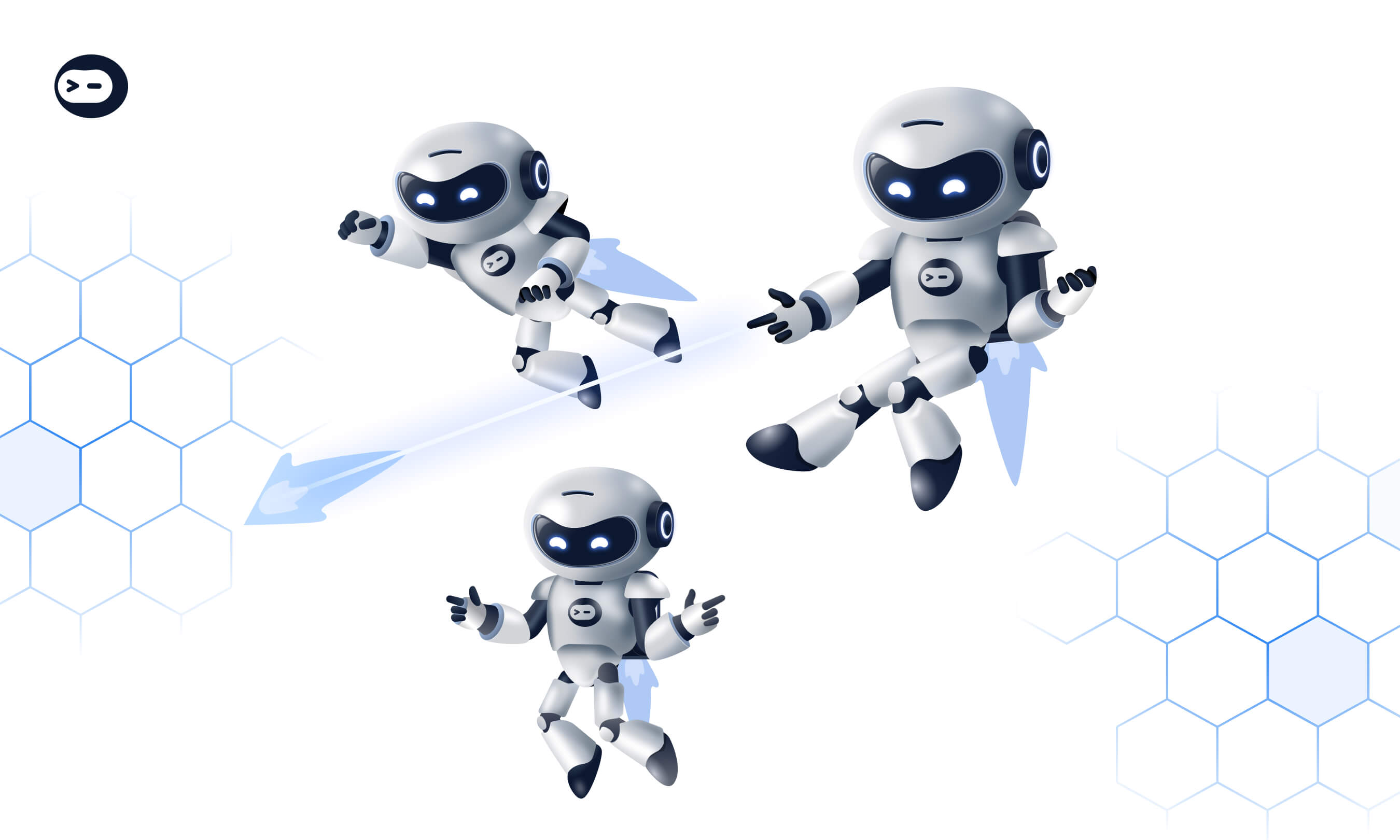Micro-Agents vs. Monolithic AI: Why Smaller is Better
The era of agentic AI is no longer a distant vision; it’s the next critical transformation for cybersecurity.
The era of agentic AI is no longer a distant vision; it’s the next critical transformation for cybersecurity.

The era of agentic AI is no longer a distant vision; it’s the next critical transformation for cybersecurity. As CISOs and security leaders race to adopt AI, they face a fundamental choice that will determine the success, cost, and safety of their strategy: build large, seemingly all-powerful “monolithic agents,” or deploy a fleet of smaller, specialized “micro-agents”?
At first glance, the idea of a single, powerful AI agent capable of handling every security task is appealing. Why manage dozens of small agents when one “super agent” could do it all?
In proof-of-concept demos, monolithic agents often impress. But in production, their flaws quickly surface:

The superior strategy lies in specialization. A micro-agent is the opposite of a monolith—an expert designed to do one thing very well. Instead of one agent acting as a SOC analyst, you deploy a fleet of micro-agents that collaborate across tasks such as phishing triage, identity alert enrichment, or endpoint isolation.
Each agent is designed, tested, and tuned for a single job. With a smaller context window, definitions are more reliable, faster, and cheaper to run. With deterministic skills, their actions are predictable, constrained, and very efficient. Micro-agents ultimately blend AI reasoning with deterministic skills, giving them the ability to reason and ‘think’ and act consistently and efficiently without exposing core systems.
Consider the critical job of handling alerts. A monolithic agent may grind through every alert but quickly become overwhelmed and costly. Micro-agents, however, can handle different severity levels in parallel, scale with demand, and adapt to specific environments. This granular approach ensures no alert is ignored—including low-priority ones that often signal the first stage of a breach.
This approach solves every problem the monolith creates: micro-agents are measurable, manageable, and debuggable. Most importantly, they unlock cost-effective scaling by combining AI with traditional automation.
In practice, the micro-agent does the reasoning—such as identifying a phishing email—while a deterministic workflow carries out safe, predefined actions like blocking the sender or deleting the message. Offloading routine steps to automation keeps costs low and outcomes auditable.
The future of security automation isn’t one giant brain. It’s a fleet of specialized, reliable agents working in concert with deterministic platforms we already trust. For CISOs, the choice is clear: smaller is smarter, safer, and the only viable path to success.
Blink is secure, decentralized, and cloud-native. Get modern cloud and security operations today.
